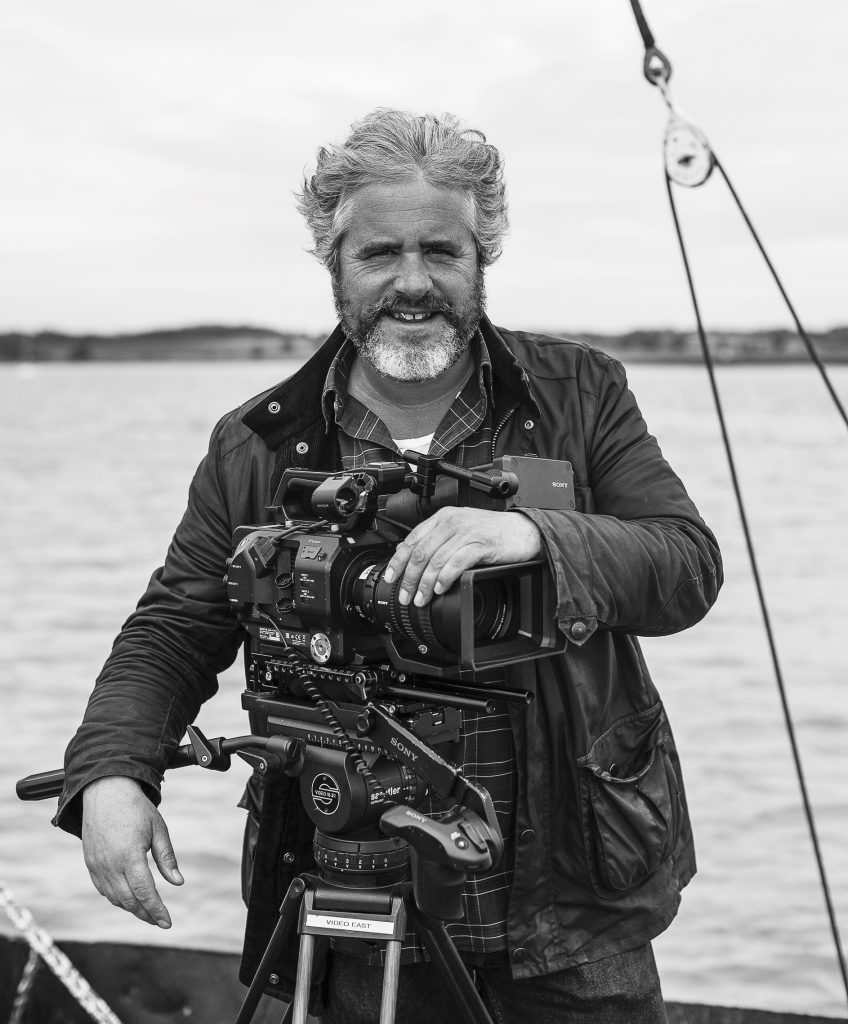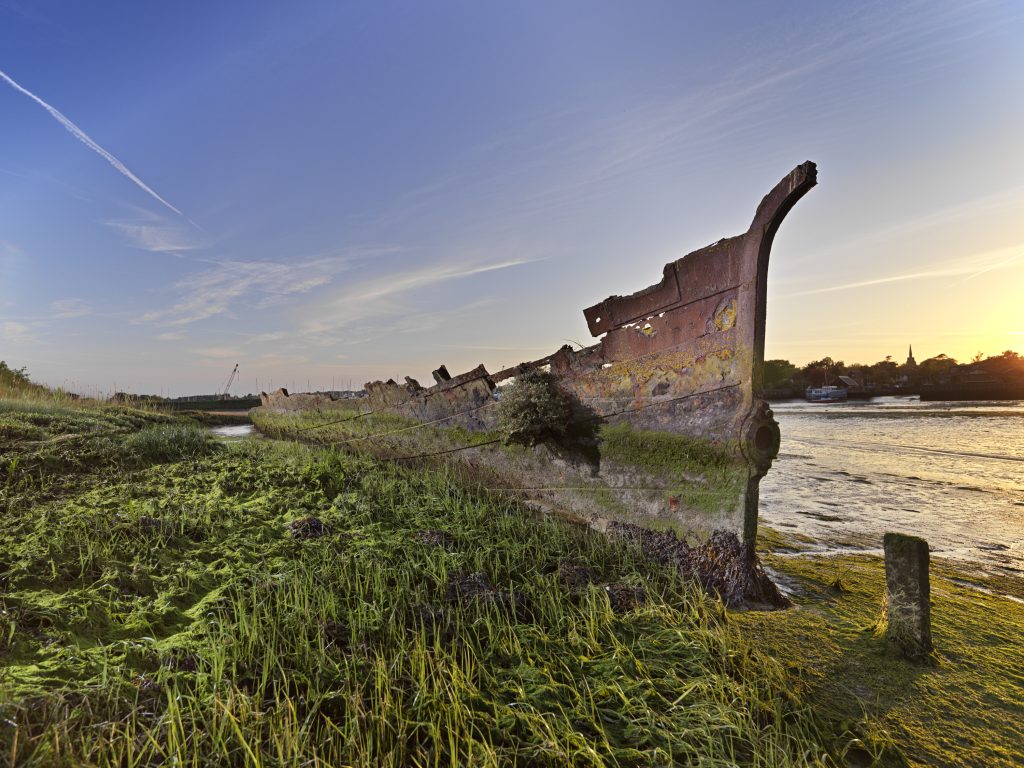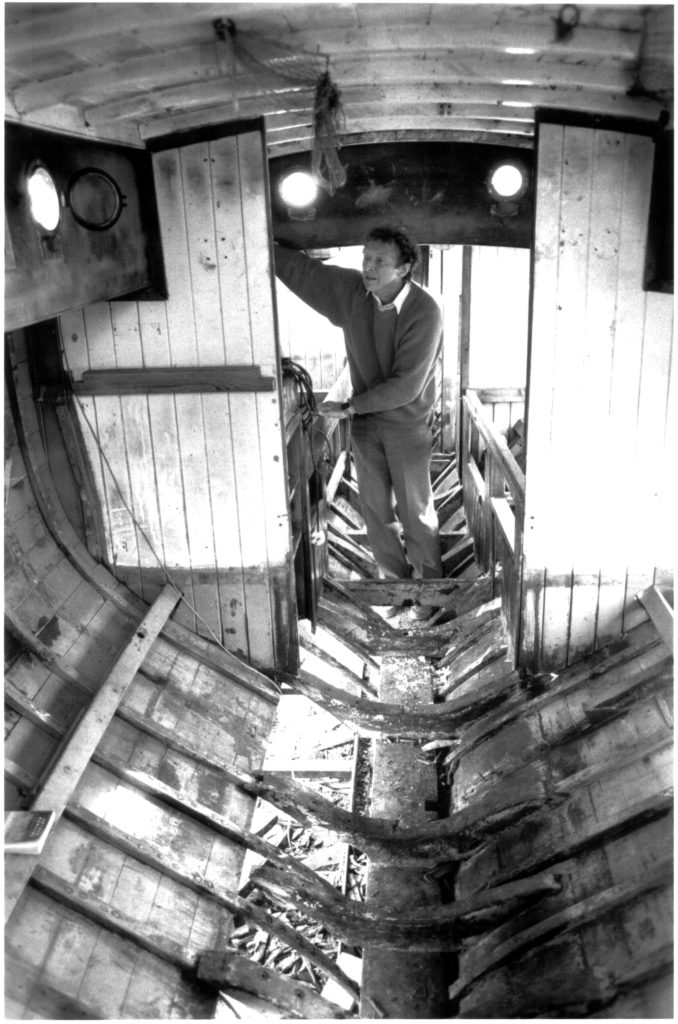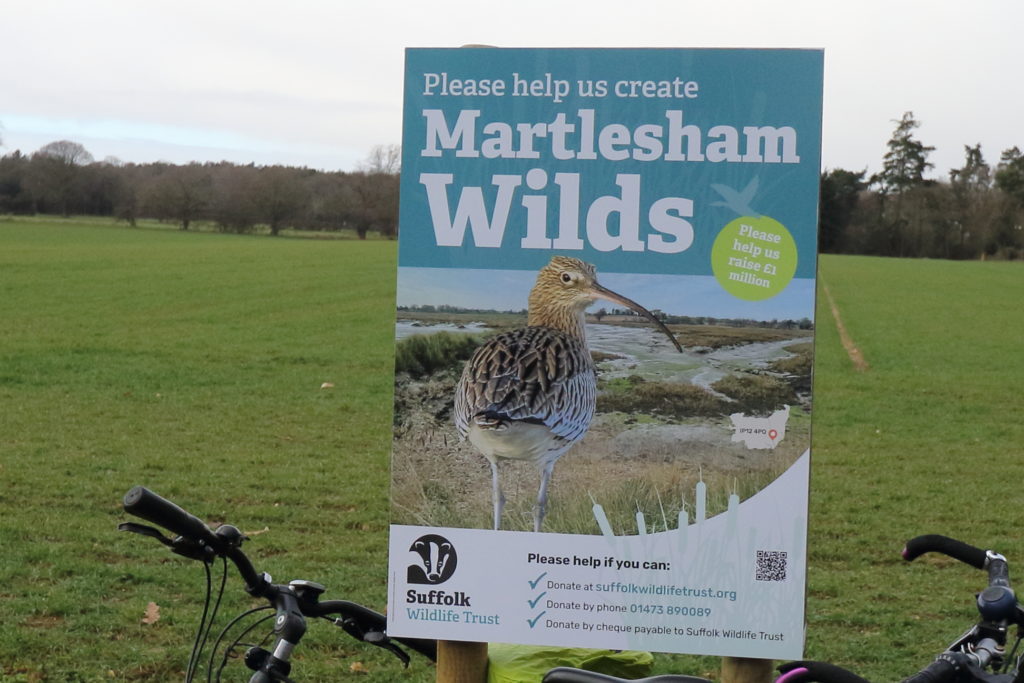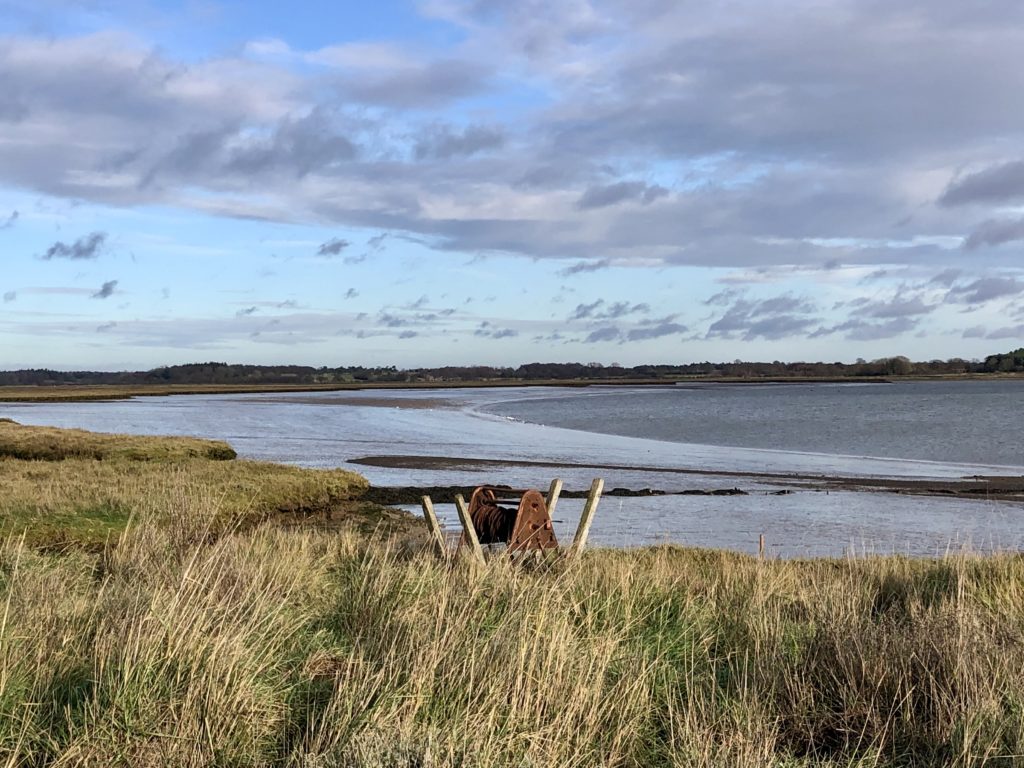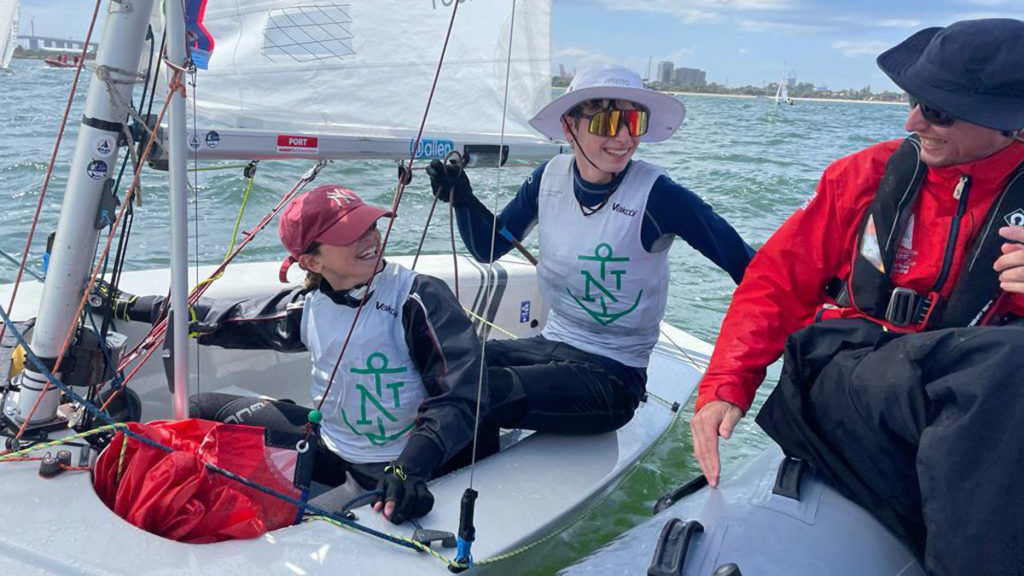By Julia Jones
Tim Curtis.
On November 12th 2023 the Riverside Cinema Woodbridge will show two wartime documentaries by Woodbridge-based director Tim Curtis. Tim is probably best known to RDA Journal readers for the highly successful Life on the Deben project – 6000 DVDs and Blu Rays sold in the first year, more than 15,000 cinema and festival viewers and over £5000 donations made to Deben good causes. Earlier this year (2023) Tim made a short film ‘How Polluted is the Deben?’ which was shown together with ‘A Surge of Memories’ (not by Tim) commemorating the floods of 1953 and tidal surge of 2013. Continue reading

